Back at it again with Pandora’s Box! This will be the final post of this project, so buckle your seatbelts and join me on this ride.
The content that I will be covering in this post are as follows:
- 2 mock models
- Refinement of selected mock model
- Production process
- Final model
- 2 applications
- Conclusion
Part 1: 2 Mock Models
To recap, my mystery word is harmony. Family is the theme that I had selected to showcase the meaning of this word. My goal is to ensure that my compositions look complimenting and harmonious as a whole, using sub-design elements such as rhythm and repetition to support it.
Family Portrait 1 – Original:
Critique:
- Ratio of D and SD are good.
- Wedge SO into SD instead of D.
- SO is too big, make it smaller.
- Idea of SO being a mix of D and SD’s colour is good. Can further consider what kind of family I want this model to be.
Family Portrait 1 – Refinements:
I’m much happier with Family Portrait 1 as compared to Family Portrait 2 since it is easy to tell which the different components are. Therefore I am going to select this model to work on for the final one. Of course, there is still a lot of room for improvement.
Improvements to be made:
- For Views 2 and 5, SD and SO are still similar to each other, either make SD bigger or SO smaller.
- For View 4, D and SD are of similar volumes, make D bigger or SD smaller.
- The positions of the components are not following the rule of thirds or any other rules, they are still haphazardly put together.
Family Portrait – Original
Critique:
- All components are currently of similar volumes, especially D and SD.
- SO is not wedged into D.
- Double D’s breadth so that it can become a portrait, will be similar to SD and SO, hence portraying harmony.
- Dimensions of all components must vary more.
Model 1 – Refinements:
 Made these refinements based on the comments given to the original Family Portrait 2. However, it’s still not satisfactory since there are problems with Views 5 and 6.
Made these refinements based on the comments given to the original Family Portrait 2. However, it’s still not satisfactory since there are problems with Views 5 and 6.
- For View 5, the length of SO is very similar to the breadth of D. SD and SO also have very similar breadth.
- For View 6, it is pretty much impossible to tell which is the SD and SO, since they are almost the same size from this view.
- From View 6, SD and SO are too centralised, which is not very visually appealing.
Chosen model: Family Portrait 2
Part 2: Refinement of Family Portrait 2
Dimensions based on original Model 2:
Part 3: Production Process
Materials Research:
Keeping to the theme of family, I wanted a material that could represent family ties. Since there is no physical material that can represent the concept of family ties, I played around with the term ‘family ties’ and took it literally. Hence, my chosen material is STRING. String ties, tangles, and knots easily, representing the fact that family ties can be messy and broken, as there is no such thing as a perfect family in this world.
Possible ideas:

The pattern of strings in the image on the right are definitely very captivating and beautiful. However, as it is hollow, it would be impossible to attach the D, SD, and SO together. Instead of overcomplicating things, I decided to simply paste strings neatly across the different components. I didn’t want the material to overpower the D, SD, and SO, since I wanted to ensure that they are still the stars of the show.
For the material of the D, SD, and SO blocks themselves, I decided to go with styrofoam because of the following advantages:
- Comes in a big block – I’m able to cut it down to the dimensions that I want.
- Lightweight
- Easy to cut with a foam cutter
- White – So I am able to paint over it with my desired colours easily.
However, styrofoam a huge disadvantage too:
- Flakes easily – Difficult to cut small pieces out with a penknife. I have to cut the wedges out with penknife as it is not possible to do so with the foam cutter, hence I have to be extra careful and mindful.
Making-of:




Part 4: Final Model
Presenting… the Family Portrait!



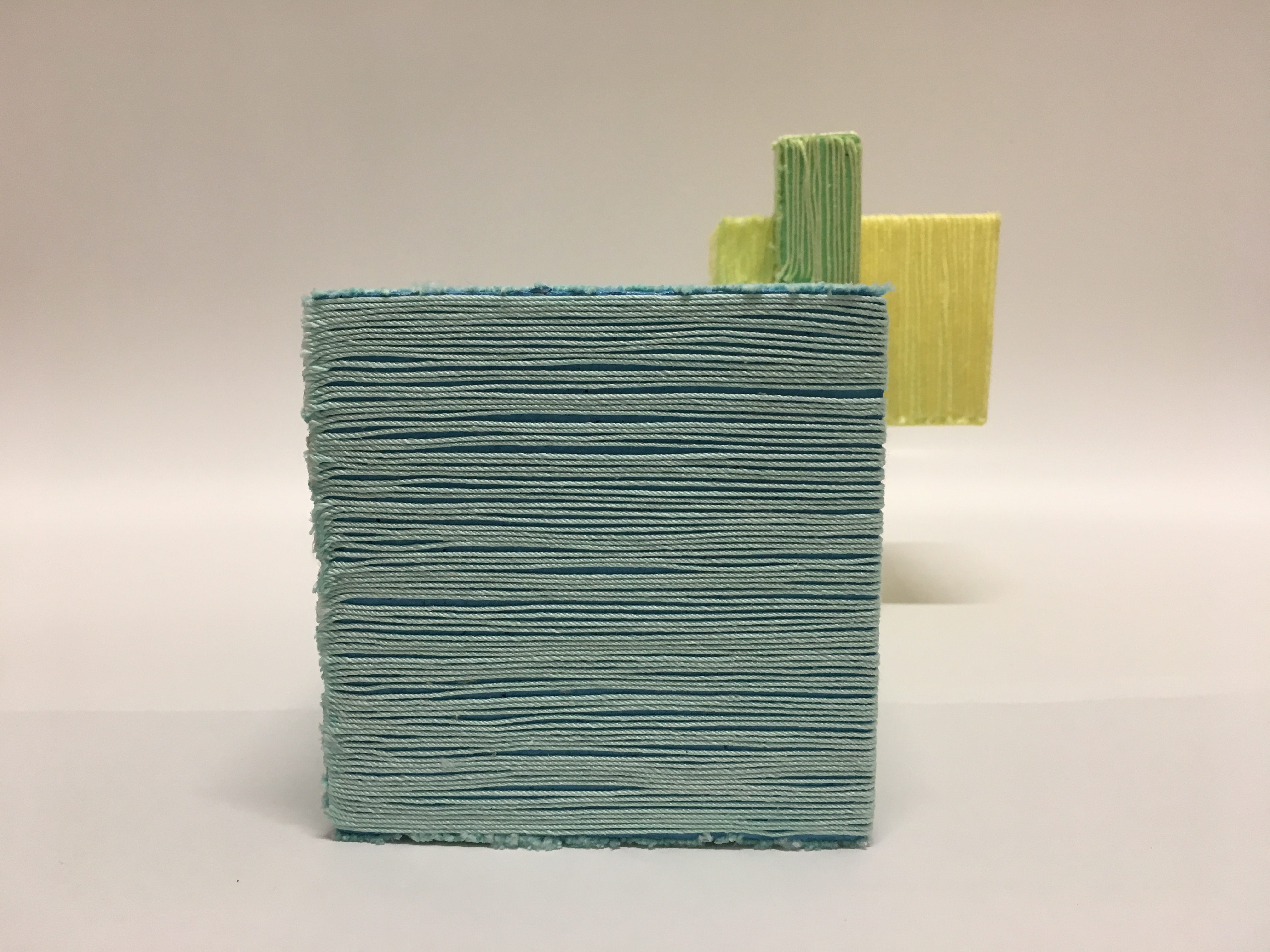

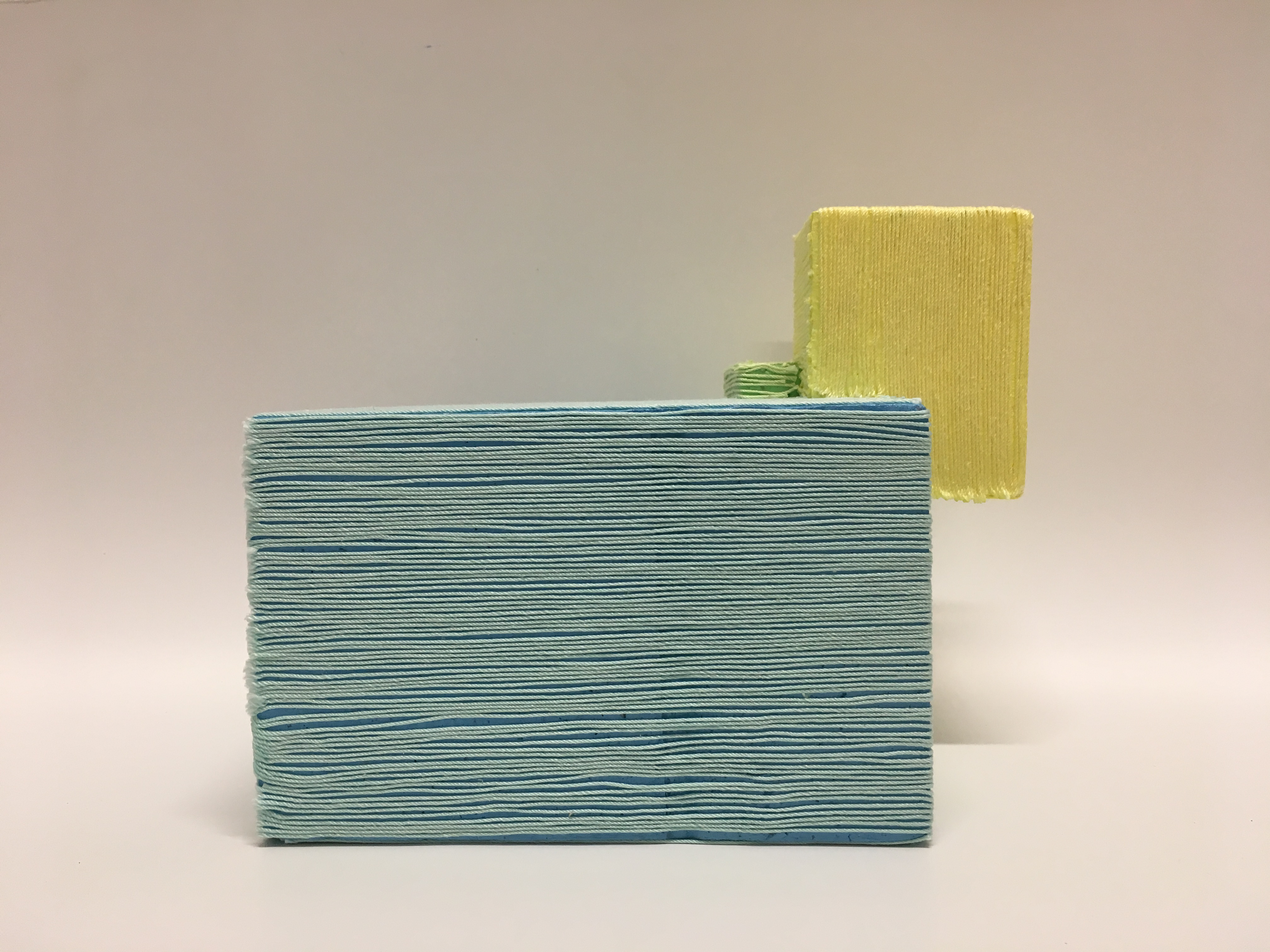
Rationale:
The objective of this project is to showcase ‘harmony’ through my Pandora’s Box compositions. The overarching concept for my Pandora’s Box is ‘Family Portrait’.
Introducing the members of the family – Father (dominant), mother (sub-dominant), and last but not least, baby (subordinate). Like what the concept title suggests, the story behind my composition is about 3 cuboids wanting to take the perfect family portrait. As their ‘photographer’, my job is to arrange them in a harmonious and pleasing way so that they will be picture perfect.
To convey a sense of intimacy and harmony, all 3 cuboids are in close proximity and in contact with one another. The wedging technique is then applied to join all 3 cuboids. This technique is appropriate as it turns the cuboids into puzzle pieces, this family will only be complete when all the family members are present.
As for the colours of the cuboids, primary colours such as blue and yellow are selected for the parents as they are the heads of the household. The baby is, of course, green, a secondary coloured derived from mixing blue and yellow. The colours are muted and no colour is trying to overpower another. Hence this colour palette conveys the sense of harmony as well, where everyone works together, not against one another.
Family ties are represented by thin strings, and these strings are used to line the cuboids. As strings tangles, knots, and gets cut easily, it represents how there is no such thing as a perfect family in this flawed world. Hence, some strings on the cuboid are connected, while others are broken. Nonetheless, this cuboid family still tries to love one another despite their flaws!
To conclude, all the different elements that make up this composition (wedging technique, colours, and materials) work together to convey the sense of harmony.
Part 5: Applications
Small-scale:

Large-scale:

Part 6: Conclusion
I must admit that this project has been a huge challenge for me, as I’m not good at visualising 3D objects and crafting. It was also very frustrating when not all 6 sides of my composition depict D, SD, and SO well. Moreover, when 1 side is changed, other sides have to correspond as well and this just made my mind go crazy. Despite it being so difficult, it was no doubt fulfilling to see everything come to life eventually. Looking back at my first post, I’ve seen how far my compositions have developed and I definitely feel a sense of achievement! All the all-nighters that I’ve pulled for this are worth it!


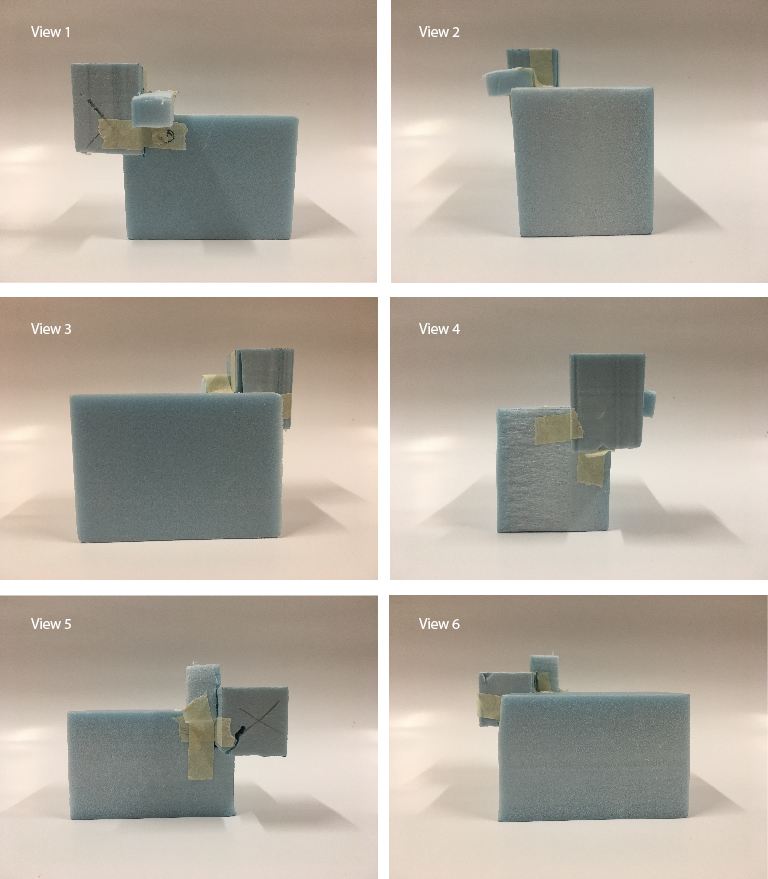
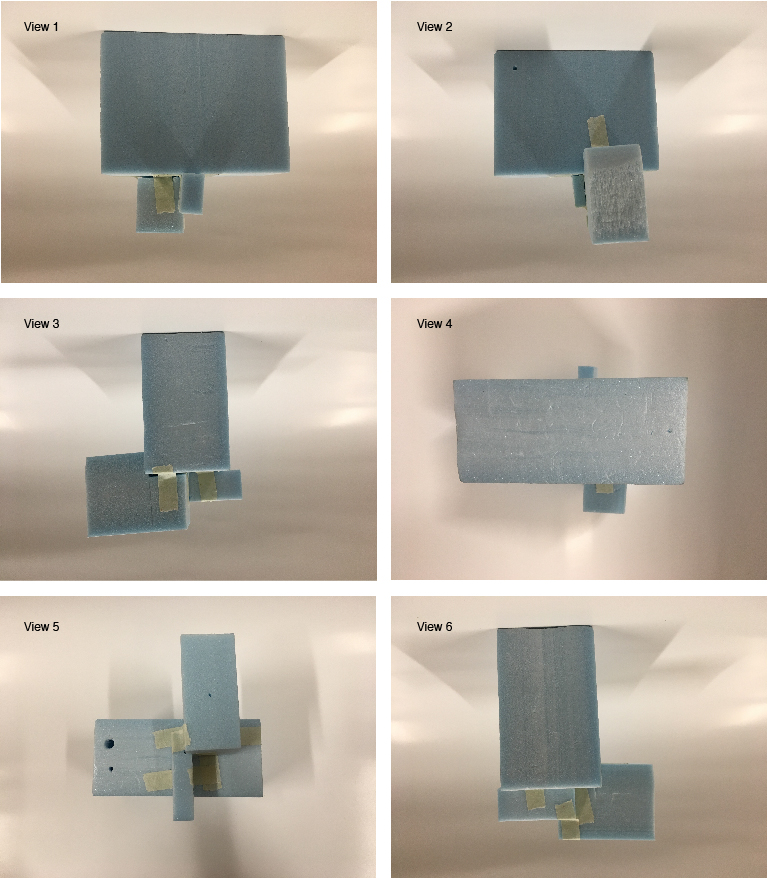
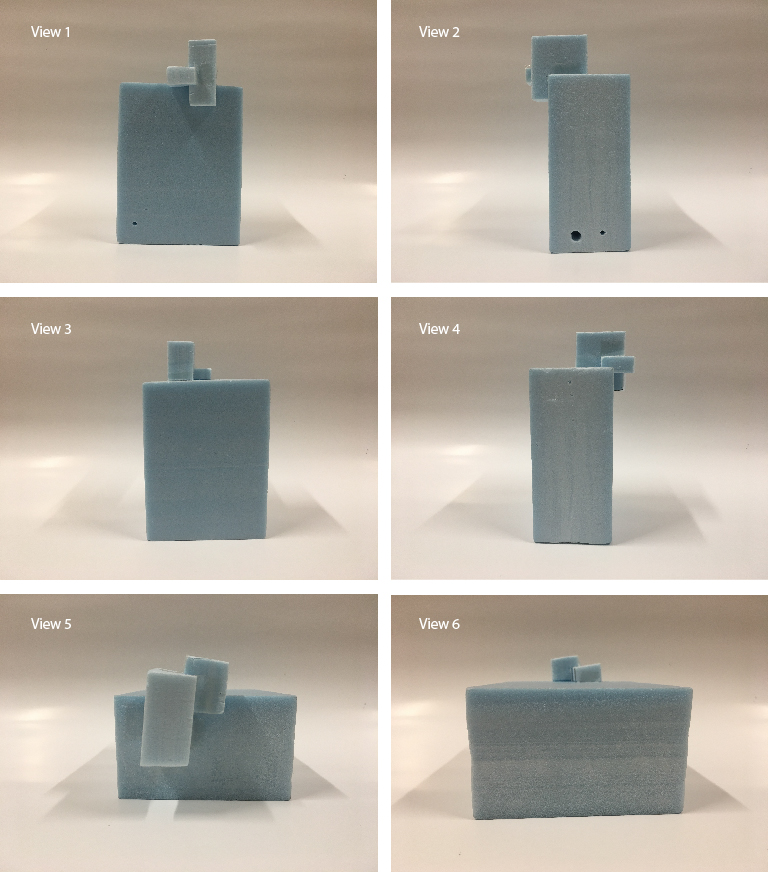
 Refined and final dimensions:
Refined and final dimensions: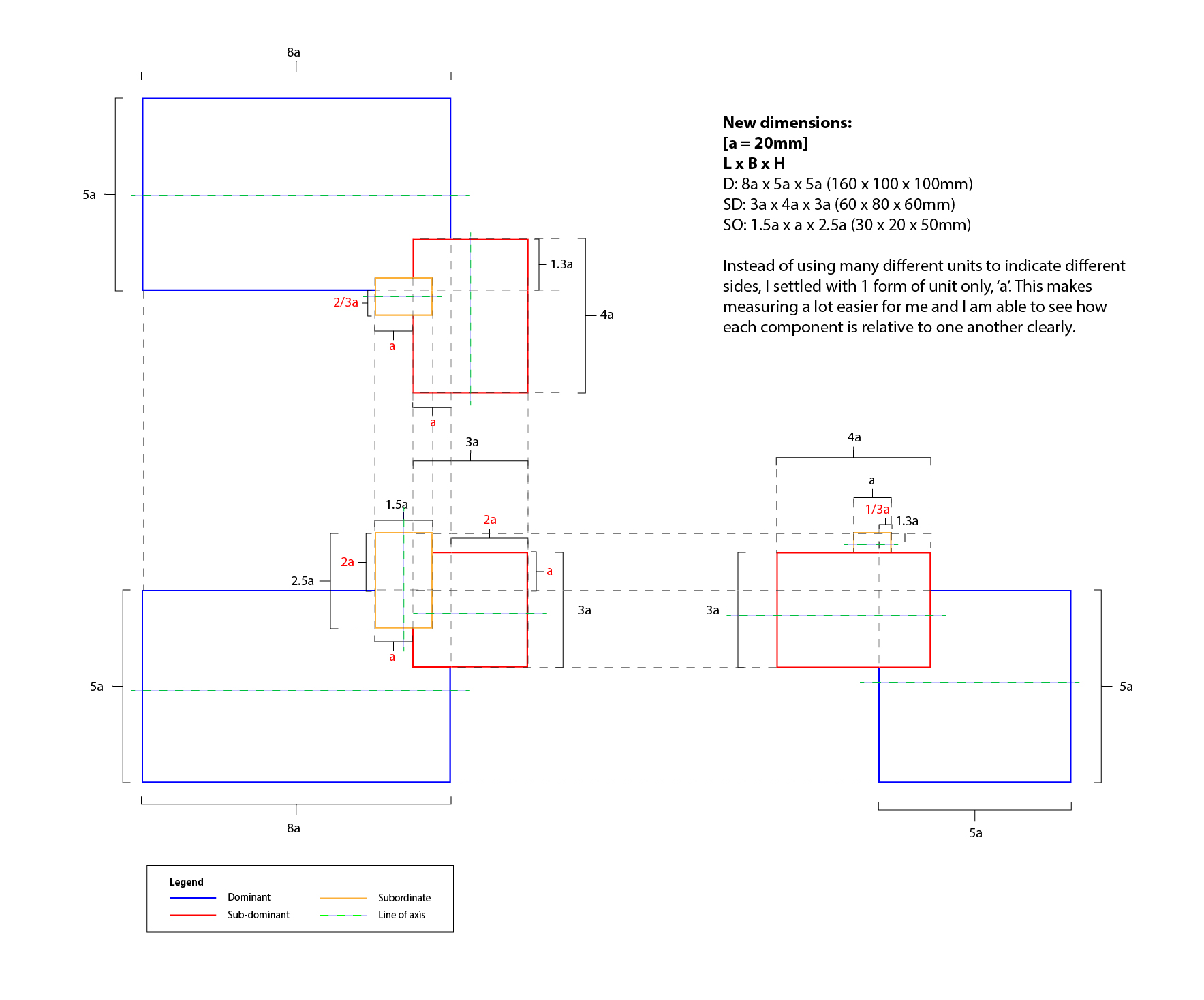
2 comments for “[3D] Pandora’s Box: Family Portrait (final)”